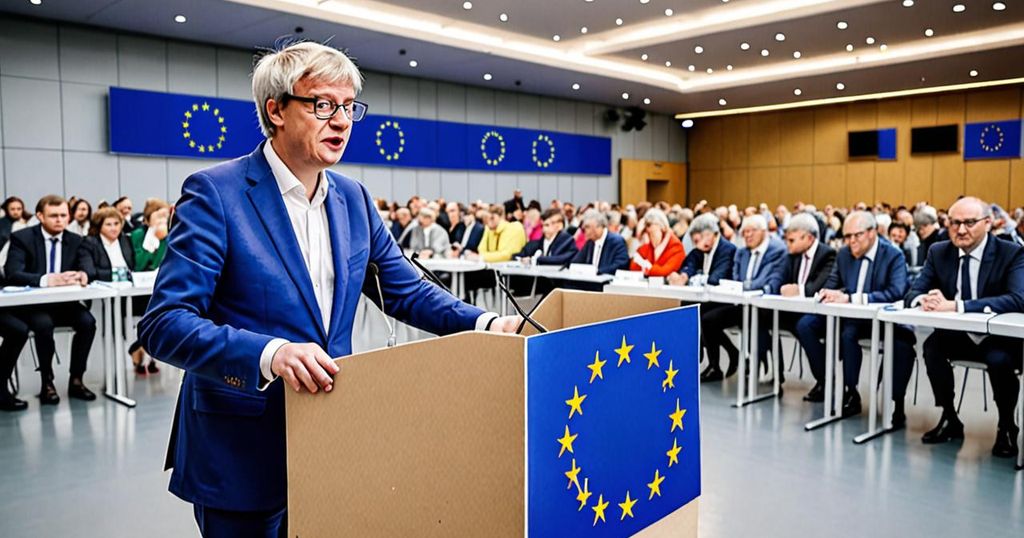The recent decision to bring crypto transactions within the purview of the Prevention of Money Laundering Act (PMLA) carries significant implications for the market. The unique characteristics of cryptocurrencies pose challenges for regulation, and the global nature of the crypto ecosystem adds complexity to oversight and control.
The decentralized nature of blockchain technology, which serves as the foundation for cryptocurrencies, creates obstacles in enforcing Know Your Customer (KYC) norms and monitoring suspicious transactions. Furthermore, the capability to transfer crypto assets across borders without formal banking channels further complicates the regulatory landscape.
Incorporating virtual digital assets within the scope of the PMLA means that intermediaries within the crypto ecosystem, such as exchanges and wallets, will now be mandated to implement PMLA controls, conduct KYC checks on customers, retain customer data, monitor and report suspicious transactions, and establish policies for transaction tracing.
While some crypto exchanges in India were already adhering to certain KYC norms, the unified standard introduced by this amendment will streamline the regulatory framework for all market participants. Banks will also need to implement enhanced safeguards and checks when facilitating payments for virtual digital assets.
This action is expected to enhance fraud control and bolster confidence in the crypto economy among investors, retail consumers, and financial markets. Trading in crypto assets will now bear similarities to trading in securities over regulated exchanges and platforms concerning KYC and onboarding procedures.
It is important to emphasize that these amendments do not legitimize or legalize private cryptocurrencies. There is still a need for a comprehensive legislative framework for virtual digital currencies, encompassing provisions for a market regulator for the crypto ecosystem and the regulation of intermediaries.
Nevertheless, the enforcement of these rules may demonstrate to financial regulators that effective regulation of transactions in private crypto assets is feasible, potentially averting the necessity for a ban. Furthermore, aligning the Indian legal framework with global efforts to regulate trading in crypto assets is a step toward a coordinated global approach to regulating the crypto ecosystem.
As the industry adjusts to these updates, there may be a shift in the role of investigative agencies and a push for the establishment of a centralized market regulator for the crypto economy. Ultimately, this decision could pave the way for a more comprehensive and coordinated approach to regulating cryptocurrencies on a global scale.
The implications of bringing crypto transactions under the PMLA are extensive and have the potential to reshape the regulatory landscape for the crypto market. As the industry navigates these changes, it will be imperative to monitor how these developments impact the market and the broader cryptocurrency ecosystem.








